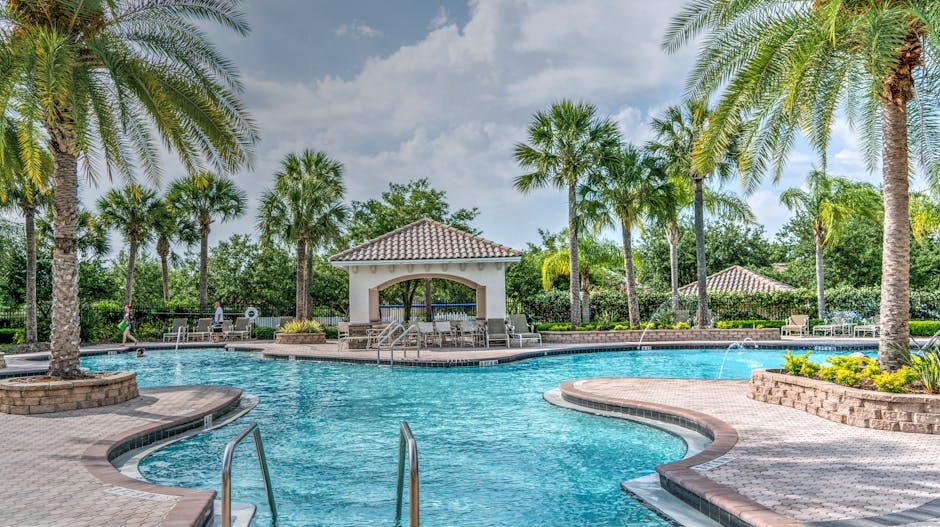
Innovative metal building design has reshaped the construction landscape, providing a mix of resilience, flexibility, and budget-friendly solutions. From commercial projects to residential homes and industrial complexes, mastering metal building design principles guarantees durable and enduring constructions. Click here to get even more info on the subject!
The Advantages of Opting for Metal Building Design
Strength and flexibility are the hallmarks of metal buildings, making them a preferred choice. Compared to traditional materials, metal provides exceptional resilience against severe weather, from blizzards to hurricanes and earthquakes. For areas frequently affected by natural disasters, metal is the optimal material.
Metal building design also stands out for its economical advantages. The materials are often more affordable than wood or concrete, and the construction process is typically faster. Prefabricated components can be manufactured off-site and assembled quickly, reducing labor costs and project timelines.
Tailoring Metal Buildings to Your Needs
One of the most appealing aspects of metal building design is its flexibility. From aesthetic preferences to functional demands, metal structures can be customized to fit diverse requirements. Whether you need a sleek, modern office space or a rugged industrial warehouse, metal buildings can be tailored to suit your vision.
Clear-span designs remove the necessity for internal columns, resulting in spacious, open areas. This feature is particularly beneficial for large facilities like sports arenas, aircraft hangars, or retail stores. Furthermore, metal buildings can easily accommodate future expansions, making them a scalable solution for growing businesses or evolving needs.
The Green Advantages of Metal Structures
As sustainability becomes a priority in construction, metal building design has emerged as an eco-friendly option. Being entirely recyclable, metal structures often use recycled components, which helps reduce waste and protect natural resources. Here’s the link to learn more about the awesome product here.
By adding insulation, reflective roofing, and strategically positioned windows, metal buildings can achieve greater energy efficiency and natural lighting. Additionally, metal structures typically demand less upkeep than conventional buildings. Their resistance to pests, rot, and corrosion ensures a longer lifespan, reducing the need for frequent repairs or replacements.
Emerging Innovations in Metal Structures
Metal building design is constantly evolving, fueled by technological progress and shifting consumer demands. Smart building systems are becoming a prominent feature in modern metal structures. Automation and sensors in these systems boost energy efficiency, safety, and operational performance.
Smart lighting and HVAC systems, for instance, adapt to occupancy levels, cutting energy use and utility expenses. The use of combined materials is another growing trend. Mixing metal with glass, wood, or other elements results in eye-catching designs without compromising metal’s structural advantages.
This approach allows for greater creativity in architectural aesthetics, appealing to those seeking a balance between form and function.
The blend of durability, adaptability, and eco-friendliness makes metal building design a leading option for contemporary construction. Understanding its perks and staying updated on trends ensures decisions that match your aspirations. Whether you’re constructing a commercial space, a residential home, or an industrial facility, metal building design provides a foundation for success in today’s dynamic world. You can click here and read more on the subject here!
 Insulated vs. Ribbed Steel Panels: Picking the Right Choice for Your Job
Insulated vs. Ribbed Steel Panels: Picking the Right Choice for Your Job
